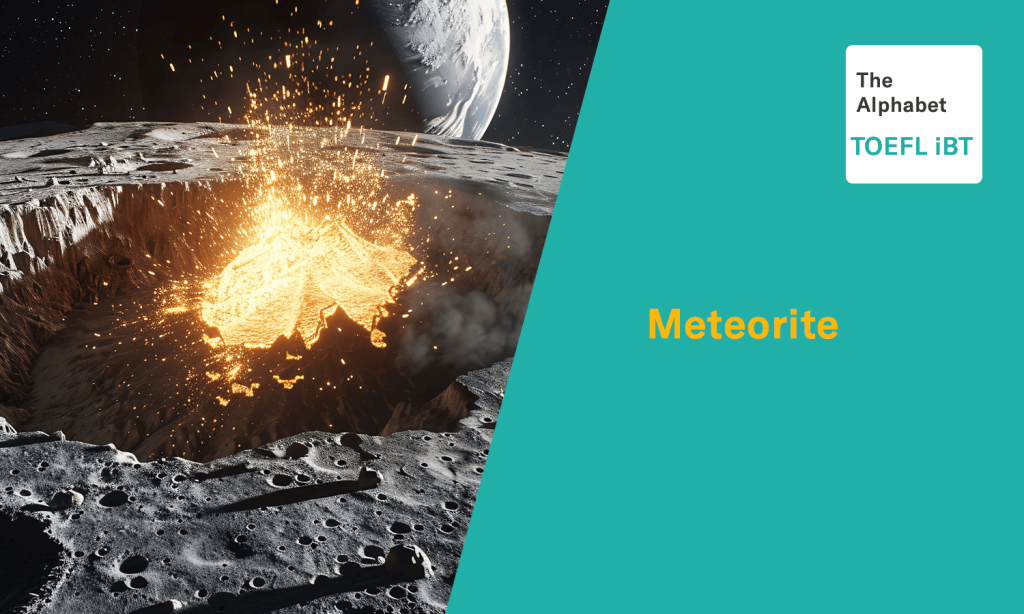The formation of the Sun, 4.6 billion years ago, from a progenitor molecular cloud has been estimated to take approximately 10 to 20 million years. Recent groundbreaking research, published in Nature, provides new insights into this timeline by measuring the bound-state beta decay of fully ionized thallium (205Tl81+) ions at the GSI/FAIR Experimental Storage Ring (ESR). This measurement sheds light on the production of radioactive lead (205Pb) in asymptotic giant branch (AGB) stars, offering a clearer understanding of the Sun’s formation period.
The Sun’s formation time is derived from long-lived radionuclides produced by the astrophysical s-process, a nucleosynthesis pathway active in AGB stars. The radionuclide 205Pb is particularly significant because it is produced solely by the s-process. Understanding its production depends on the decay rate of 205Tl to 205Pb, which can only occur in the extreme conditions of AGB stars, where temperatures reach hundreds of millions of Kelvin. In such environments, fully ionized 205Tl undergoes bound-state beta decay, a rare process difficult to replicate under normal laboratory conditions.
To measure this decay, an international team of scientists from 37 institutions conducted a highly challenging experiment at GSI/FAIR. They stripped 205Tl of all electrons, stored it in the ESR, and monitored its decay over several hours. This experiment required decades of preparation and innovations in accelerator technology, such as the production, cooling, and storage of bare 205Tl nuclei.
By accurately determining the decay rates, researchers calculated the 205Pb production yield in AGB stars. Incorporating these new rates into advanced astrophysical models, scientists predicted the quantity of 205Pb that would have entered the gas cloud forming the Sun. These findings align with meteorite data, confirming that the Sun’s formation from its progenitor cloud took 10 to 20 million years.
This research highlights the importance of cutting-edge experimental facilities and international collaboration in unraveling stellar processes. Future studies aim to explore additional nuclear reactions, such as neutron capture on 205Pb, to further refine our understanding of the conditions in AGB stars and the origins of our solar system.




